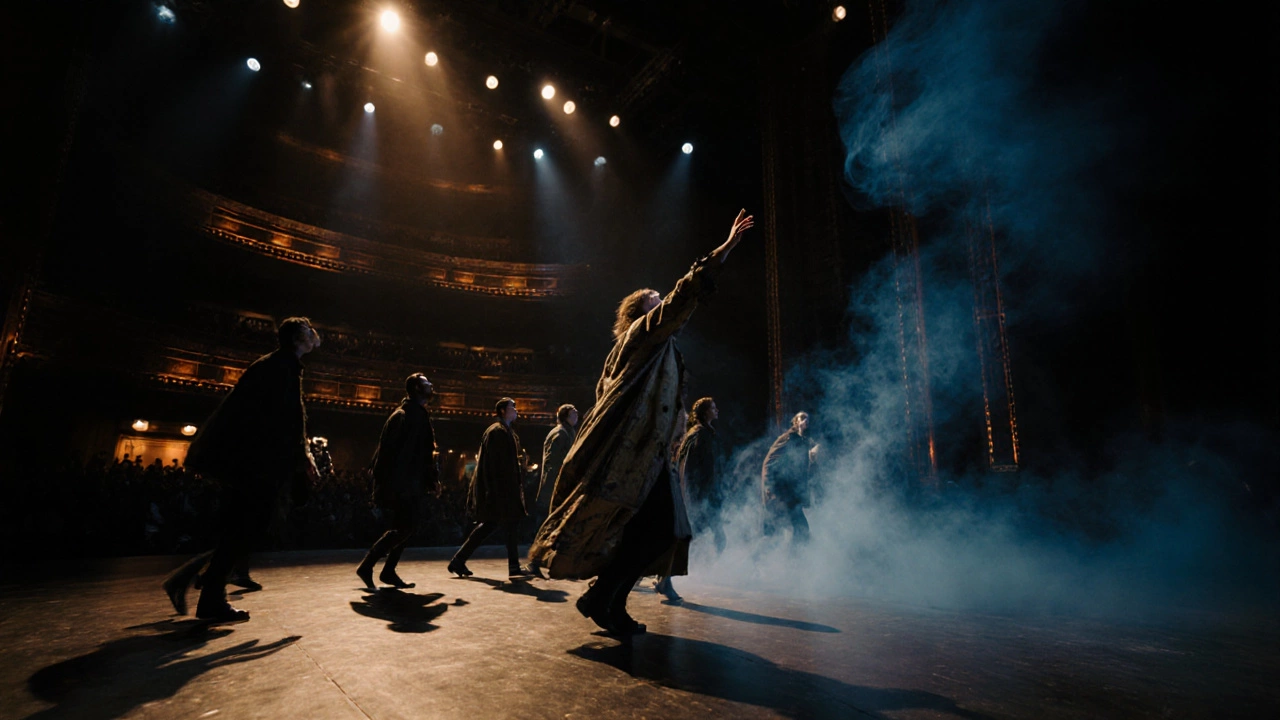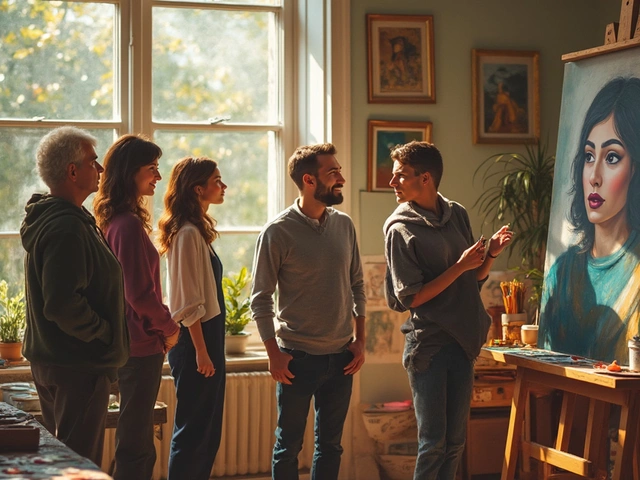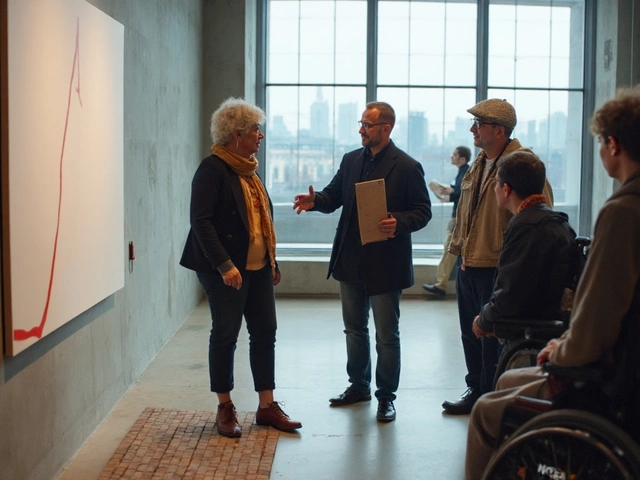Hadestown: Myth, Music, and Modern Art in a Revolutionary Musical
When you think of Hadestown, a critically acclaimed musical that fuses Greek mythology with folk and jazz influences to tell the story of Orpheus and Eurydice in a dystopian underworld. It’s not just a show—it’s a cultural moment that redefines how stories are told on stage. Unlike traditional musicals that rely on flashy sets and big ballads, Hadestown builds its power through atmosphere, silence, and raw vocal emotion. It takes an ancient tale—where a musician descends into the underworld to rescue his love—and turns it into a mirror for today’s struggles: climate collapse, economic despair, and the cost of hope.
The magic of Hadestown lies in how it pulls together musical theater, a living art form that combines acting, singing, and staging to convey emotion beyond words, with the gritty realism of folk music, a genre rooted in storytelling, hardship, and community. The score, written by Anaïs Mitchell, doesn’t sound like Broadway—it sounds like a late-night porch jam in rural America, with hints of blues, gospel, and Appalachian ballads. This isn’t background noise; it’s the heartbeat of the story. And when Hades sings in his deep, cold baritone, you don’t just hear a villain—you hear capitalism itself, humming in the background of every decision.
Hadestown also redefines what mythological storytelling, the use of ancient legends to explore timeless human truths can look like in modern art. It doesn’t just retell Orpheus’s myth—it interrogates it. Why does love fail? Why do people trade freedom for security? Why do we keep building walls, even when we know they’ll crush us? These aren’t abstract questions. They’re the same ones behind modern art movements like Abstract Expressionism and post-internet installations. Hadestown doesn’t hang on a gallery wall, but it carries the same weight: it forces you to feel before you understand.
And it’s not just the music or the story—it’s the way the whole thing is staged. The set looks like a crumbling factory, the chorus moves like workers in a machine, and the lighting shifts from warm gold to cold steel as hope fades. This isn’t theater for entertainment. It’s theater for reckoning. You leave not just moved, but changed. You start seeing your own life through the lens of Eurydice’s choice: do you climb up, or stay down where it’s safe?
What you’ll find in the posts below isn’t a list of reviews or cast interviews. It’s a collection of deep dives into the same themes Hadestown explores: how art challenges norms, how emotion drives technique, and how the simplest materials—clay, paint, sound—can carry the weight of myth. Whether it’s the way a watercolor layer builds depth like a memory, or how a sculpture made from scrap metal speaks louder than marble, these pieces connect to Hadestown’s core truth: great art doesn’t need permission. It just needs honesty.
What is the hottest show on Broadway right now?
As of late 2025, Hadestown is the hottest show on Broadway, blending myth, music, and raw emotion to draw record crowds. Its live instrumentation, haunting score, and immersive staging set it apart from flashy musicals.
Continue Reading




